As the leaves begin to change, heralding the coming snows of winter, Durango comes alive, bursting with flavor everywhere you look. The boughs of fruit trees lining Durango’s streets are weighed down by apricots, peaches, apples and cherries that are plump and impossibly sweet.
Farm fields are bursting with seasonal squash, tomatoes, corn, potatoes, sunflowers and leafy greens, brought up on Animas River water and months of hot southwest summer sun.
I was lucky enough to grow up in a family that’s crazy about eating and cooking good food. It’s an obsession I brought with me when I came to Fort Lewis College, something I soon found out I shared with many of my fellow Skyhawks. Due to its geographical location—right where the land transitions from the great arid expanse of the desert southwest to the alpine peaks of the San Juans—Durango is a place where a huge variety of different crops can thrive. What’s more is that Durango’s vibrant food scene is influenced heavily by Indigenous, Spanish and European culinary traditions, opening up a whole world of unique and exciting flavors for one to explore. So it’s really no wonder why so many FLC students are as food-obsessed as me.
In the fall, I set out on a three-day adventure to learn about the people at FLC who are bound together by a love of eating and a commitment to use food as a way to kindle positive social change in the world, culminating in a shared meal made of the local ingredients we gathered along the way.
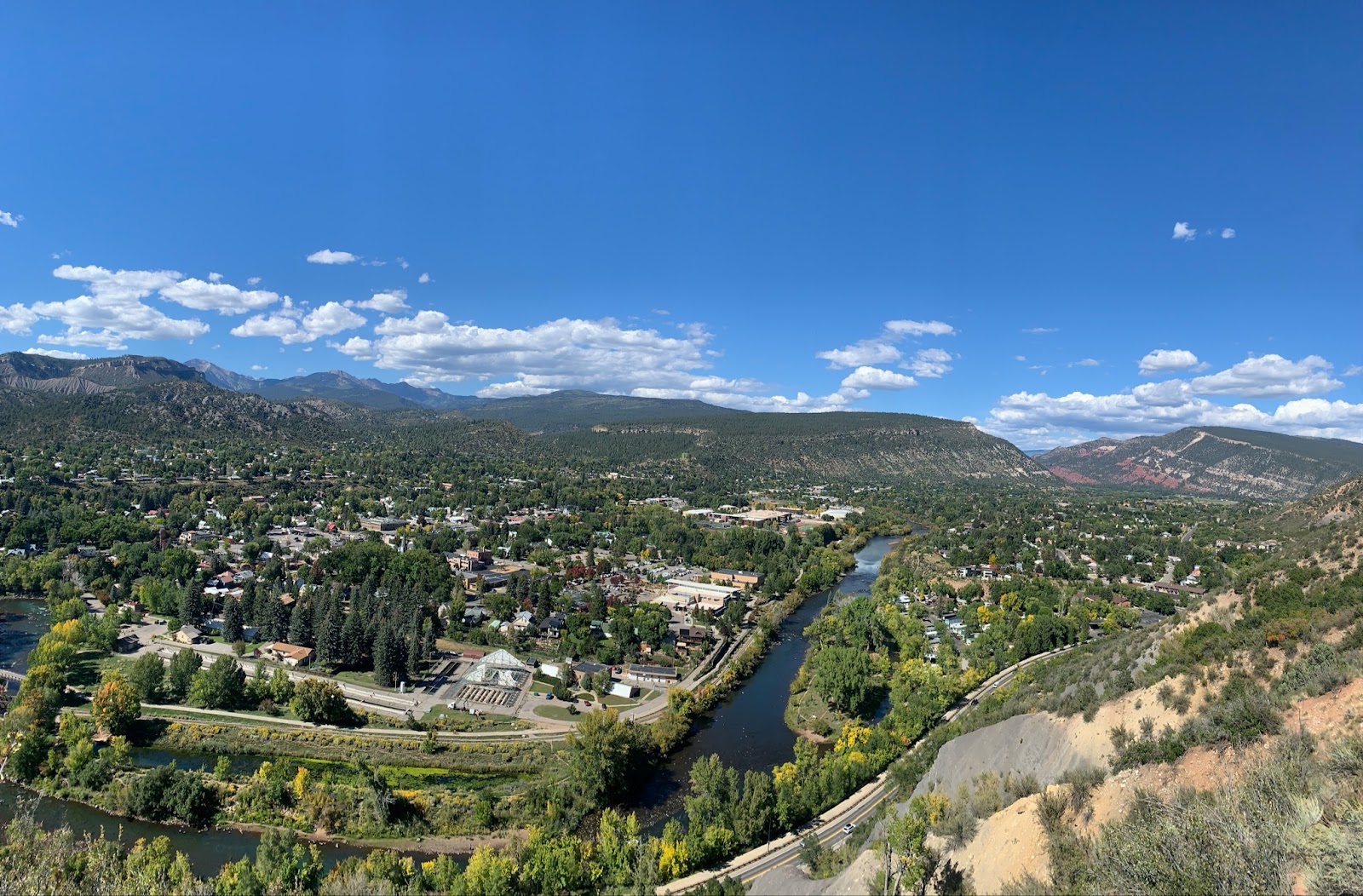
Day 1: From the Trees
For the first step of my journey, I wanted to learn more about Durango’s fruit trees, the process of harvesting the fruit and the best ways to eat them. Which is how I found myself one hot September afternoon being bombarded by dozens of falling apricots that August J. Mrakuzic bashed loose from their branches with a ten-foot-long aluminum pole.
Mrakuzic, a senior anthropology major at FLC, and I were harvesting apricots from a backyard in a neighborhood on the north end of Durango using tools we borrowed from the Good Food Collective.

Mrakuzic organizes his gleaning tools
The Good Food Collective, a Durango-based non-profit that works to ensure that everyone in our community has access to healthy food, gives local homeowners who have fruit trees on their property the opportunity to have the GFC harvest their otherwise unused fruits. Mrakuzic is not part of the GFC, but the organization still loans out tools to driven people who want to help feed their community.
For Mrakuzic, helping his neighbors glean fruit from their trees is something that connects him to his community and to his food–two things he loves, he said.
“Some of my most human-feeling experiences have been either hiking on long trails, where all you have to think about is food and water and miles, or collecting food from the planet,” Mrakuzic said in between bites of apricot, which he popped into his mouth whenever he found an especially tasty-looking one.
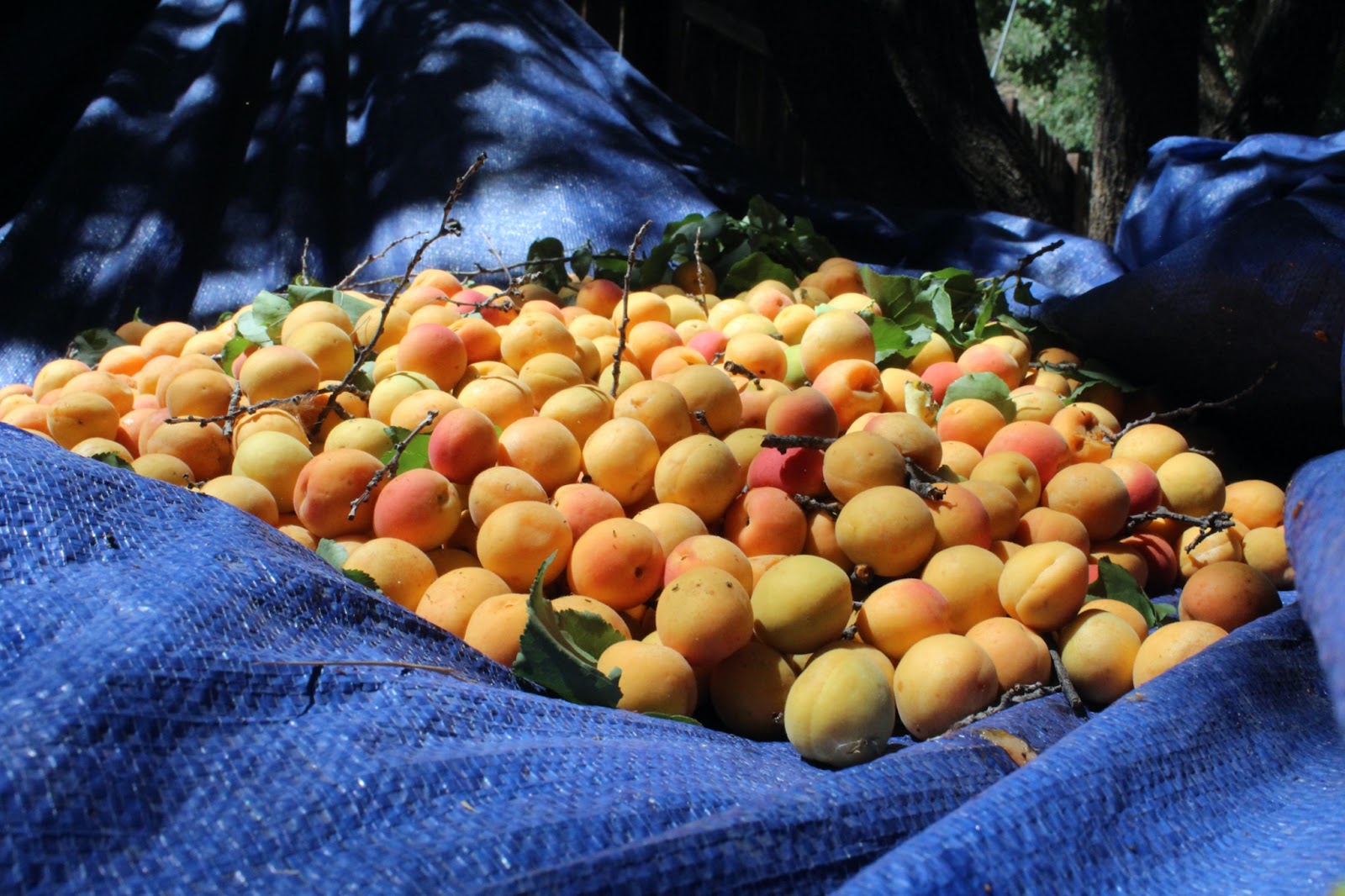
Apricots freshly gleaned from the tree
Mrakuzic grew up near Cleveland where food was always a big part of his life. He fished, harvested mushrooms, worked in pizza shops, picked apples and stole corn from corn mazes in the fall, he said.
While volunteering with AmeriCorps and the SOS Foundation after high school, Mrakuzic was introduced to hand-harvesting lobsters and oysters in Key West, Florida.
“The first time I pulled a lobster out from under a rock in Key West was one of the happiest moments of my life,” Mrakuzic said as we picked the fallen apricots from the ground and dropped them into gigantic pink plastic buckets.
Since then, food has always been on Mrakuzic’s mind—a fascination he, too, brought with him to FLC, where he enrolled in the school’s anthropology program.
Anthropology is the study of the development of human societies and cultures, and food is an integral part of any human society—both in a cultural and biological aspect, Mrakuzic said.
“Obviously food is the way the human body interacts with its environment,” Mrakuzic said. “I think food is culture because it’s shared, and discussed and it’s important. It tells stories, and since it’s literally the thing not only all humans, but all creatures, have and share and live by every day, it makes sense to be a little obsessed with it.”
But in the United States, we’ve lost our connection to food at the expense of our communities and our environment, largely due to supermarkets and the American agro-industrial complex, Mrakuzic said.
“I absolutely despise supermarkets as a place because they feel like an agent of alienation,” Mrakuzic said.“The long supply chain, not knowing where any of the things you eat come from, makes people not care about food and makes people feel more separate from their food producers.”
The way we feed ourselves is just not working anymore, Mrakuzic said. So, harvesting fruit from backyards in Durango and sharing them with the community is more than just gathering a tasty treat for Mrakuzic—it’s a way of fighting back against the state of food in America, one apricot at a time.
Mrakuzic and I worked steadily throughout the day, bashing apricots from the tree onto a giant blue tarp and transferring the fruit to buckets. And to avoid attracting bears, we also cleaned rotting fruit that had fallen before we arrived and put them in plastic garbage bags. All told, Mrakuzic and I harvested 35 pounds of soft, tart apricots, which we loaded up into his gigantic blue van for him to bring home and process.
A few days later, Mrakuzic gave me a jar of rich, dark orange apricot jam—one of many that he was handing out to his friends as gifts.
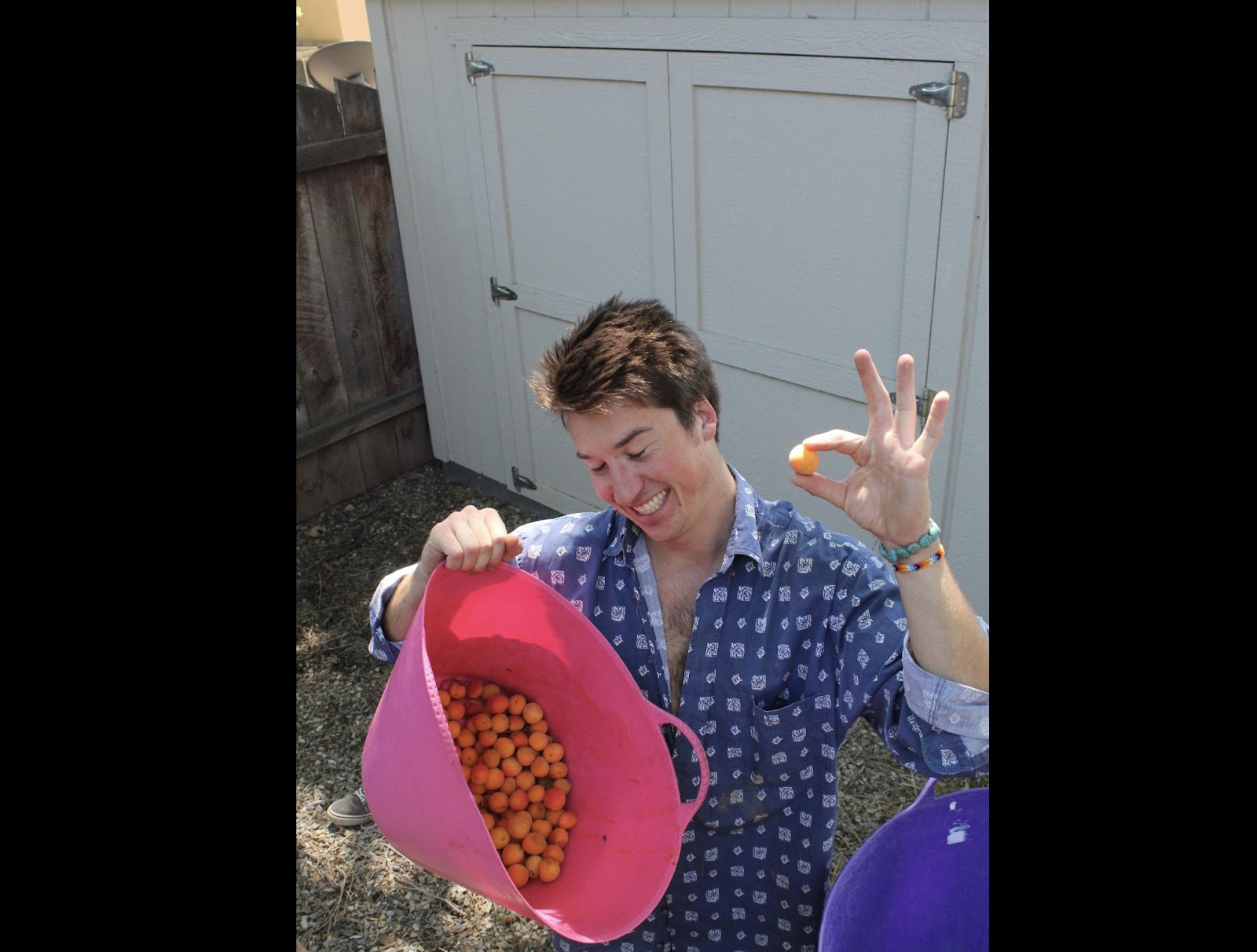
Day 2: From the Farm
Durango is home to dozens of small family-run farms. As September rolls around, the community becomes a hive of activity as these farmers work to harvest their crops before the first frosts of October and November set in over the land.
The day after Mrakuzic and I shared the afternoon gleaning fruit, I sat in the passenger seat of Sage Walstrom’s car as we drove down the lonely two-lane strip of asphalt to the Old Fort Farm, chasing the setting sun. Despite her busy schedule as a tattoo artist, full-time student and dryland farmer, Walstrom was generous enough to show me around her 1/8th-acre plot overflowing with corn, potatoes, flowers and a host of other vegetables a half-hour drive west from Durango.
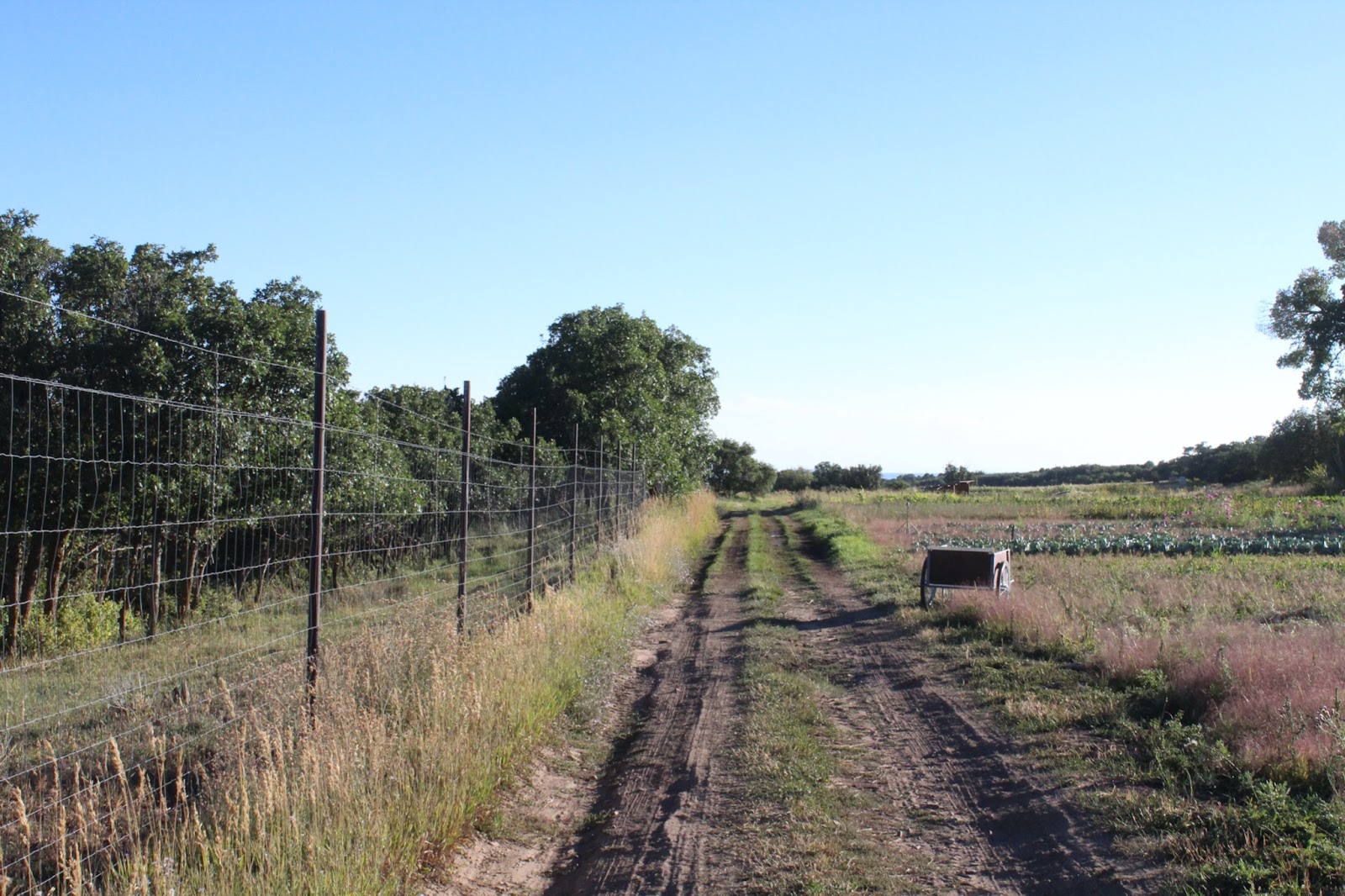
Walstrom, a fourth-year environmental conservation and management major at FLC, started working at the Old Fort Farm in 2022, when she completed the Farmer in Training Program. According to FIT’s website, the program provides FLC students with the opportunity for hands-on learning about sustainable small-scale agriculture in the desert southwest. What’s more is that participants in the program are paid an hourly wage with a living stipend for Native Americans and people from other underrepresented communities who want to learn how to farm.
After the program concluded in October 2022, Walstrom was given the opportunity to lease her 1/8th-acre plot from the Old Farm and grow whatever she wanted, however she wanted. For Walstrom, this was a dream come true.
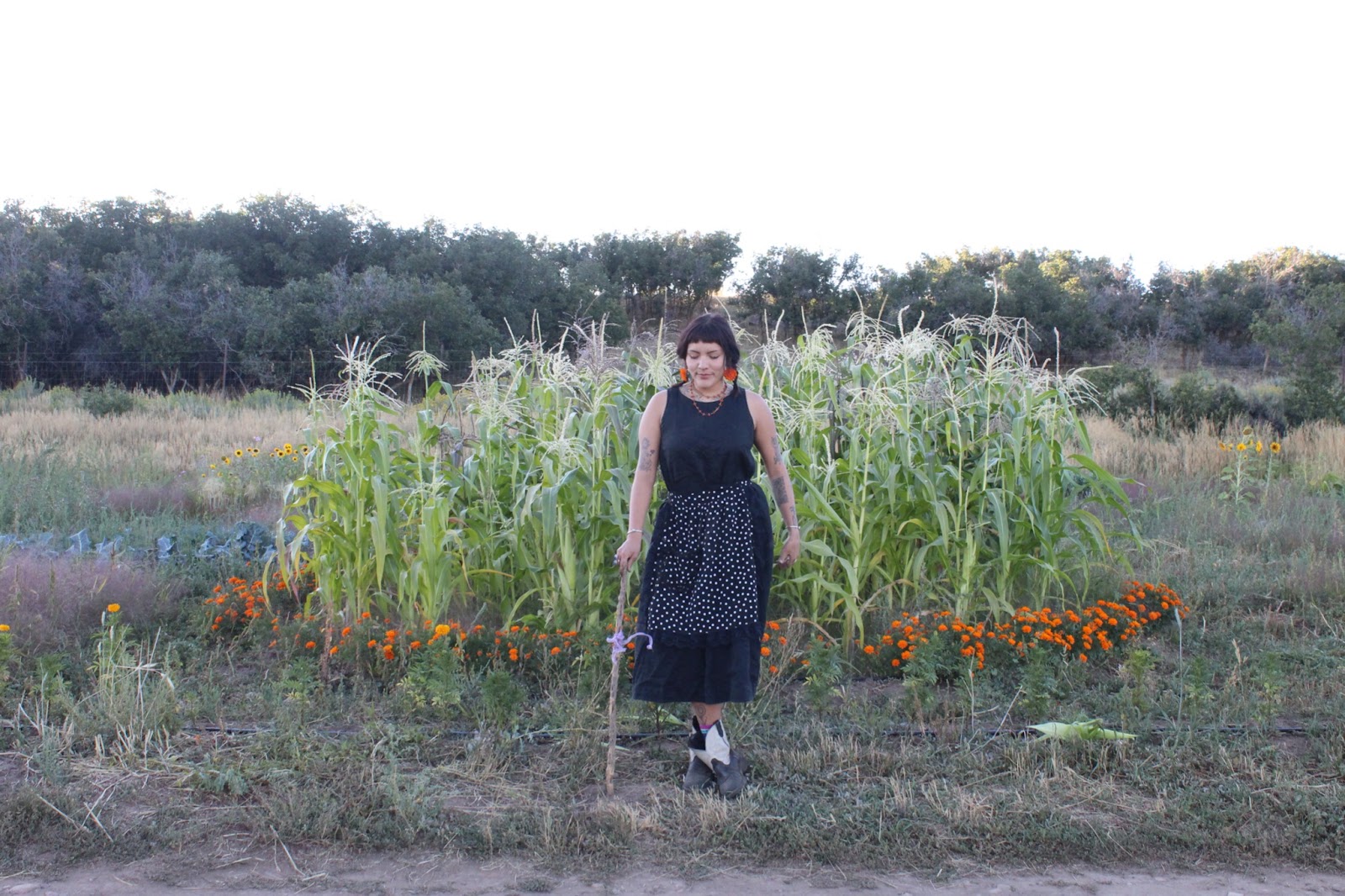
“My major is environmental conservation and regenerative food systems, which pretty much means combating environmental crises through different lenses,” said Walstrom. “And the lens that I was most interested in was agriculture.”
Sage is Diné. The Diné, also known as the Navajo, spent the better part of 1,000 years learning how to cultivate crops in the southwest’s arid climate—a process known as dryland farming. Dryland farming is the practice of cultivating a diverse array of crops with little or no use of irrigation, and instead relying on groundwater and the occasional rainfall, Walstrom said.
When Europeans began colonizing the southwest, moving the Diné and area’s other Indigenous people onto reservations or forcefully assimilating them into white society via Indian boarding schools, dryland farming became less common, Walstrom said. As she spoke, she plucked an emerald-green zucchini from the plant and gently added it to the apron wrapped around her waist, which she used to carry the veggies she pulled from her farm.
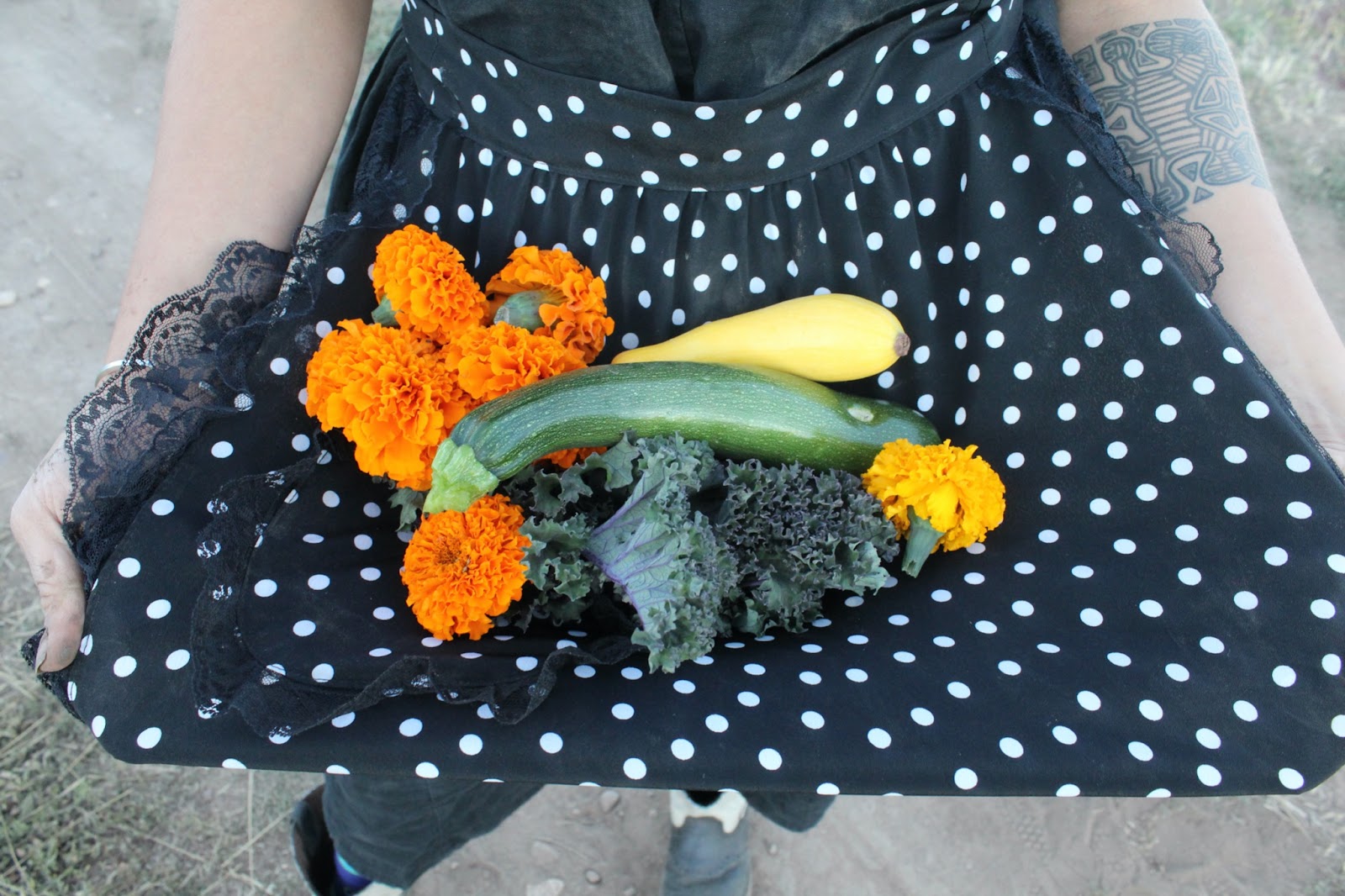
Veggies in Walstrom’s apron
“From my grandma and my mom's side, the tradition of growing food for themselves just sort of halted,” Walstrom said. “I think that was just like a trend for a lot of families away from their homelands and assimilating, moving to bigger cities for more opportunities. So those agriculture traditions weren't necessarily passed down to me. And so I just sort of went in this roundabout way through school and then the Farmer in Training Program of getting introduced to local Indigenous farmers and learning about ways that people have farmed in this specific geographic region for millennia.”
As we slowly made our way through her farm plot, careful not to step on any of her crops, Walstrom pointed out the different things she’d picked up from other Indigenous farmers.
Everything was planted in circles surrounding a shallow impression in the ground lined with sheep’s wool—a technique that allows rain water to pool up and stay in the ground without evaporating, alleviating the need to water as frequently, Sage explained. Different crops, like her corn and squash plants, were planted in the same ground, a practice that uses less space and boosts biodiversity.
The whole garden was drenched in color—vibrant oranges, yellows, purples and blues—from the wildflowers she’d planted to attract bees that lazily buzzed around, collecting pollen.
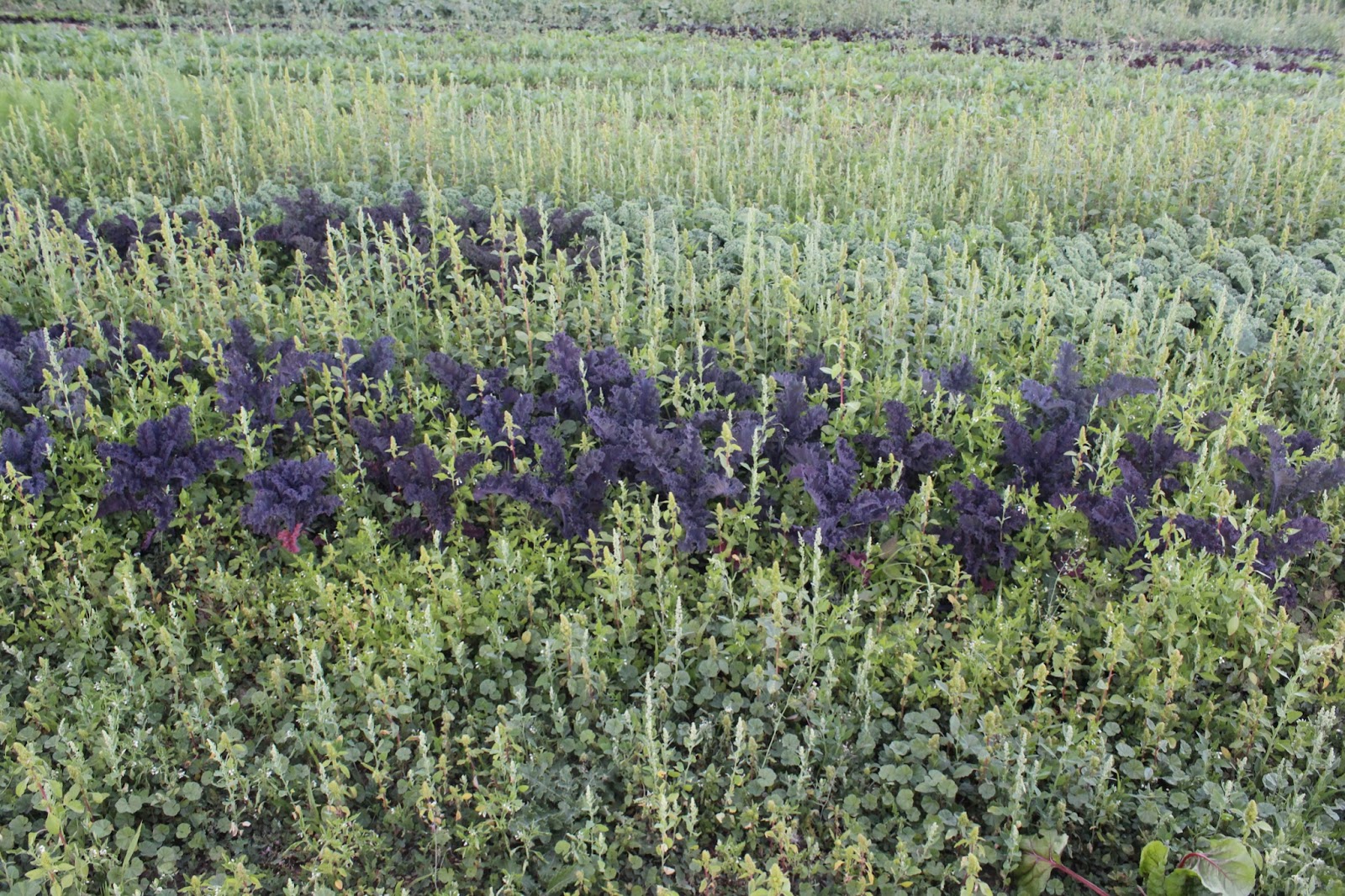
Sustainable and regenerative agriculture practices in the United States have been gaining in popularity over the past few decades as scientists and consumers alike have realized that farming has taken a major toll on the environment, Walstrom said.
But to Walstrom, this is just a resurgence of what Indigenous people have known for generations. Returning to a mode of farming that doesn’t rely so heavily on machinery, pesticides, irrigation and monocultures to grow the same amount of food is both radical in how it benefits the environment and honors Native traditions, Walstrom said.
“There have been these new agricultural fads like regenerative farming, sustainable agriculture, agroecology, permaculture and agroforestry, just all these new buzzwords that have come up in the media,” Walstrom said. “All those practices and what they focus on, just pretty much explain and define what Indigenous people have been doing forever. They’re new science words for what Indigenous people have been doing, which is in itself sustainable and carbon neutral. It’s a return to my ancestry and traditions within my lineage—which is, like, the OG regenerative agriculture.”
As the sun finally sank below the horizon, painting the desert sky in streaks of rosy pinks and delicate blues, Walstrom and I walked back to her car in thoughtful silence. The wind rustled the spindly leaves of her corn stalks, punctuating the silence as we looked back over her farm.
To me, Walstrom’s farm represented something much deeper than just a place to grow food; it was a physical manifestation of healing, tradition and a one-ness with Earth that is hard to find in our increasingly digitized world. Out here with the birds and sunflowers and painted desert sky, there was something powerful, something harmonious that I hadn’t experienced before.
And at the center of it was Walstrom: an artist, activist and visionary combining past and future into something beautiful.
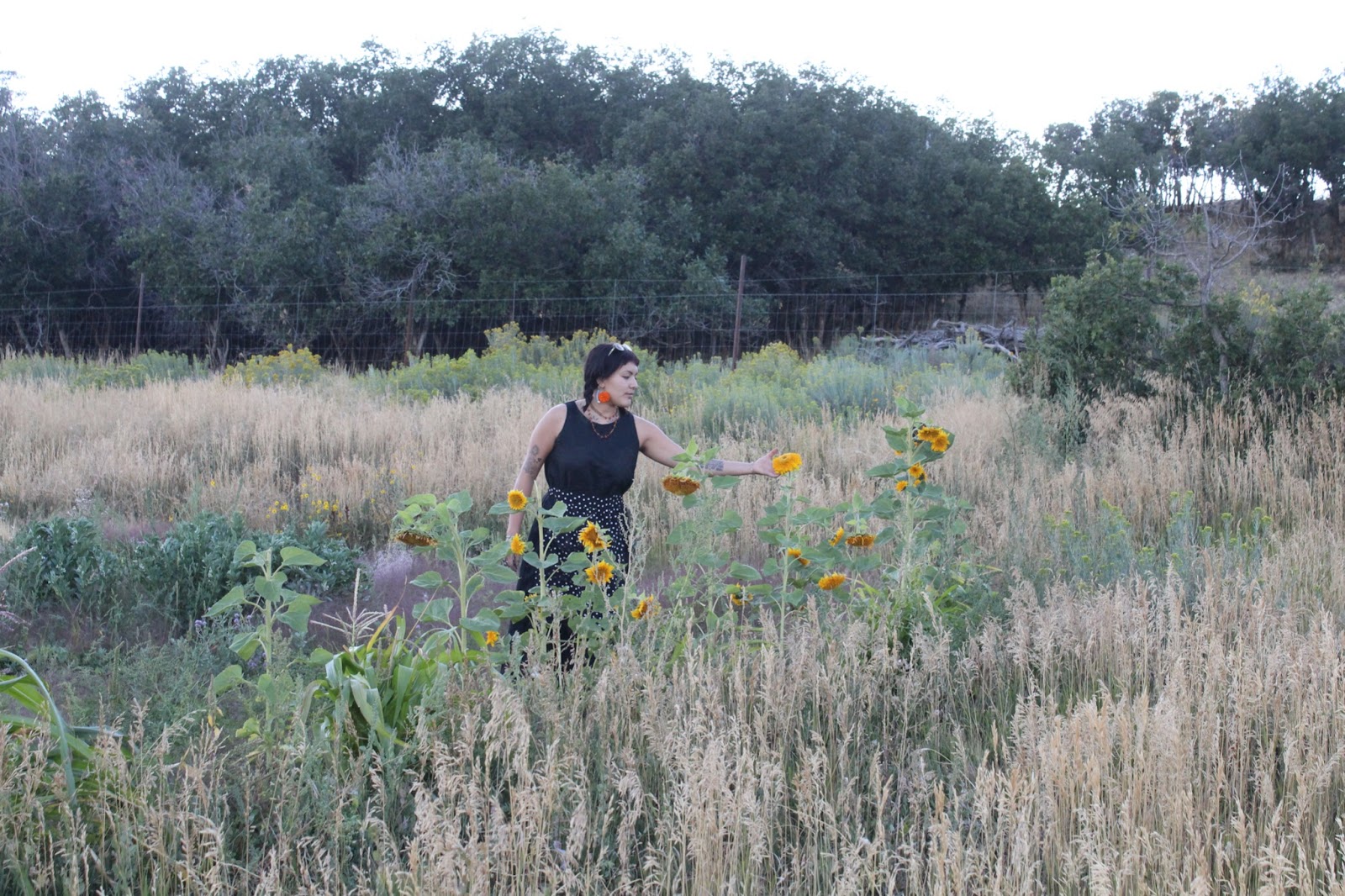
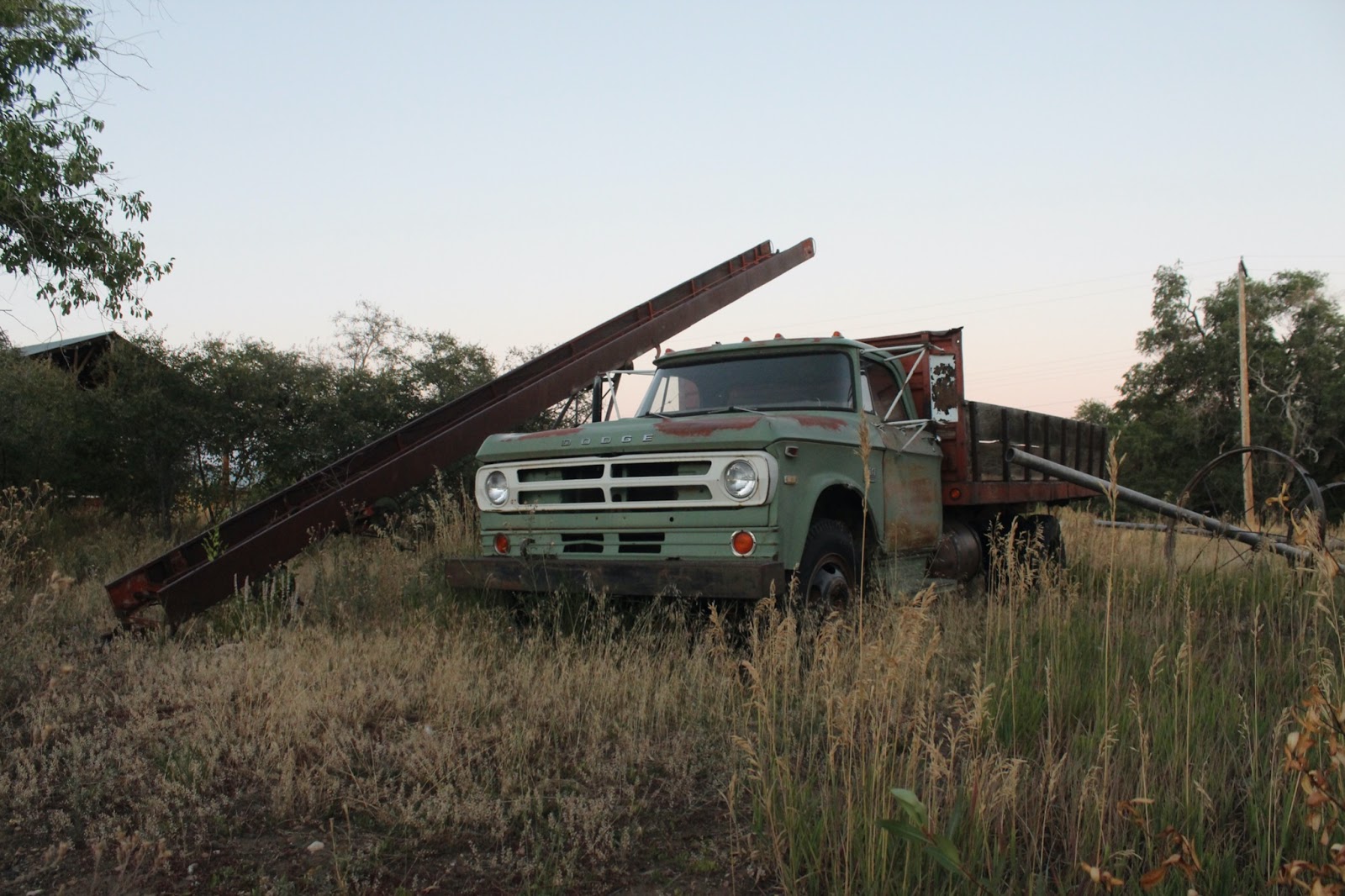
Day 3: From the Hills
On the third day of my adventure, I found myself in the rolling hills overlooking Durango, the Animas River Valley and the San Juan Mountains, following FLC alumni Eli Uszacki and James Piana through stands of blue spruce as they hunted for dusky grouse.
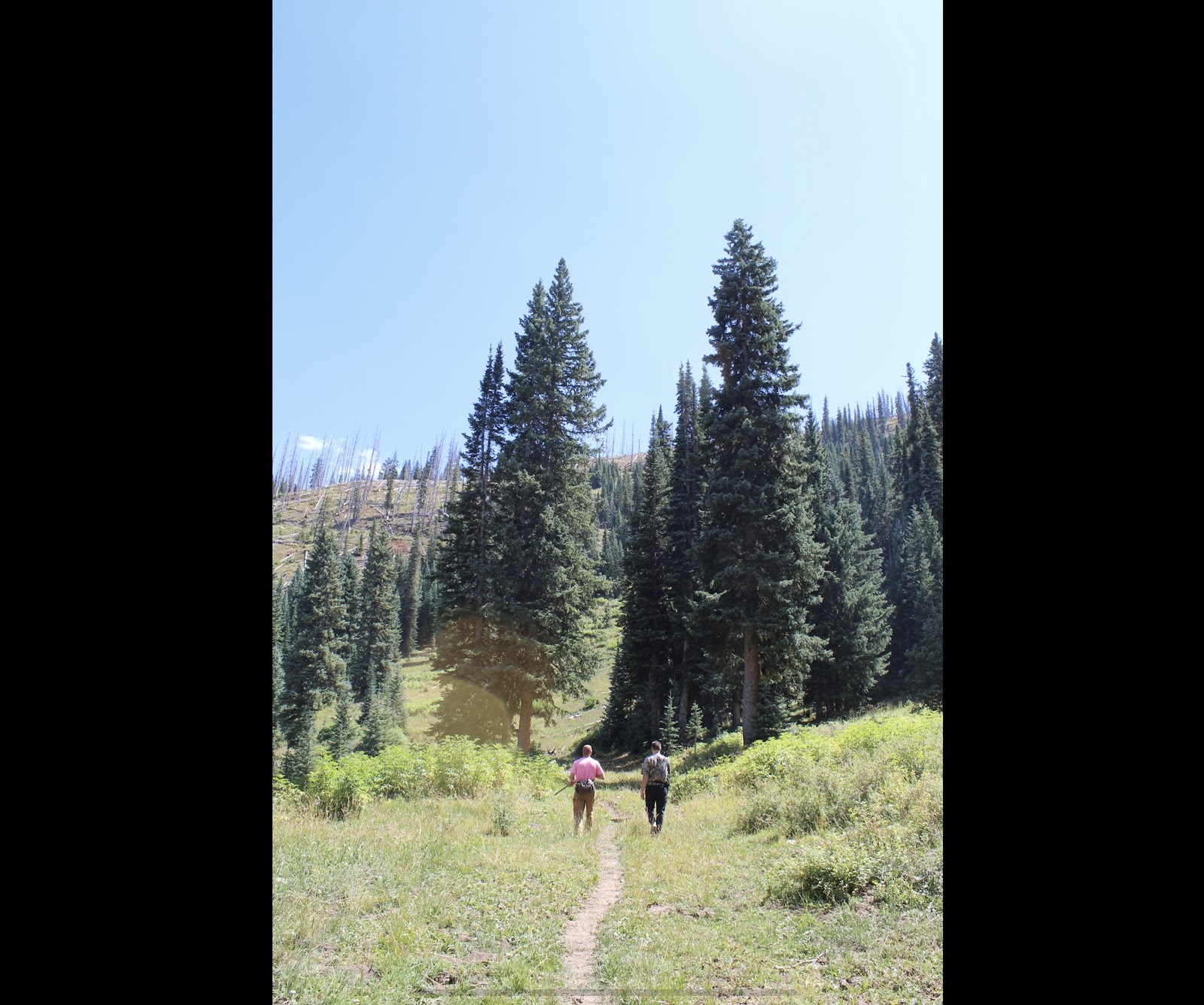

Duskies are small game birds—similar to pheasant and quail—that call Colorado’s high country home, and September is prime grouse hunting season in the Southwest. For both Uszacki and Piana, it’s a yearly holiday to escape the hustle and bustle of town and spend a day in the woods, immersed in nature and fresh mountain air.
Piana grew up subsistence hunting with his family in Lander, Wyoming, and Uszacki—who was always intrigued by the sport as a kid—got into it when he moved to Durango. It was something the two bonded over, and something they have continued to do together after graduating.
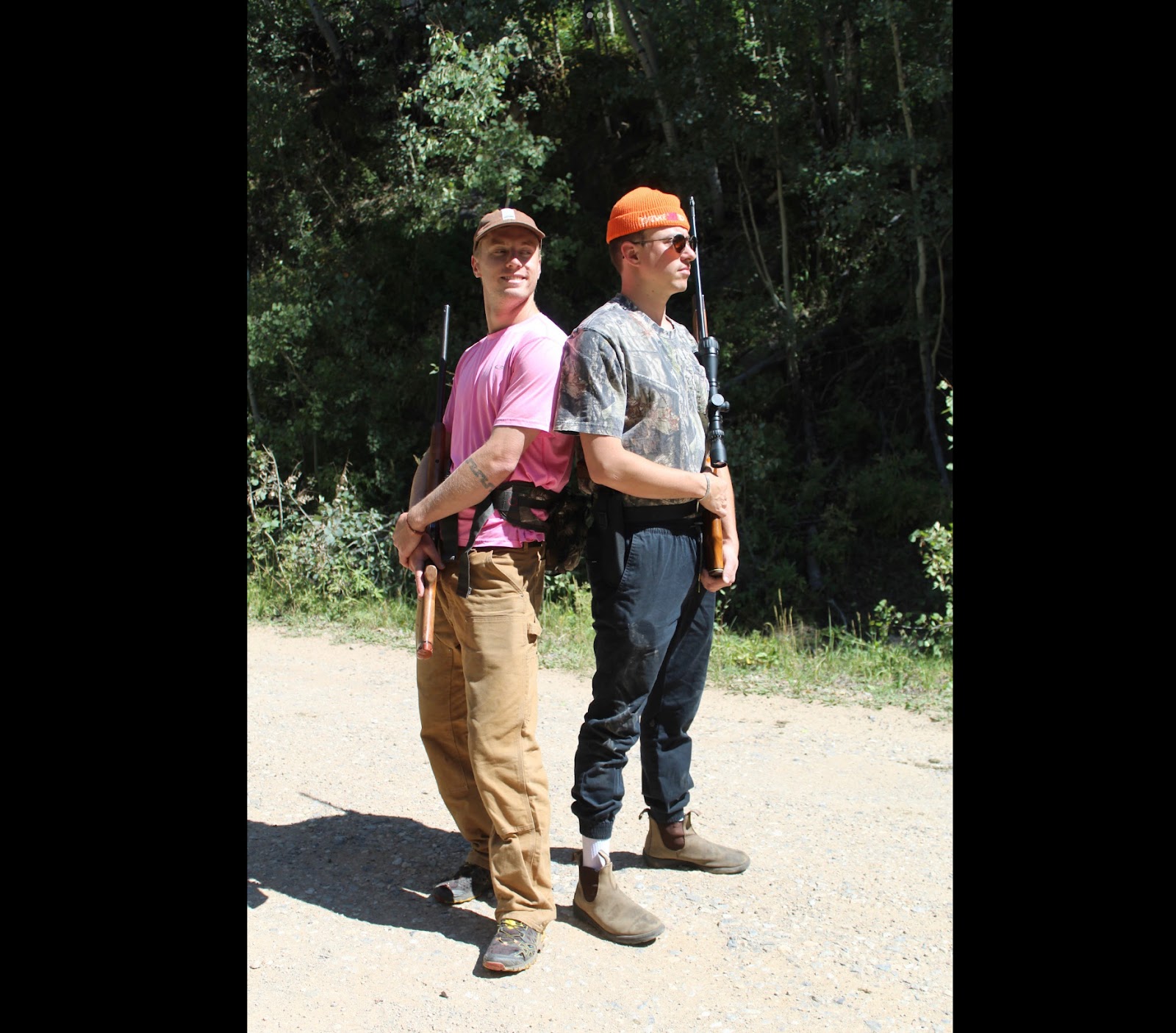
Eli Uzaki, left, and James Piana, right
“I have a lot of really good memories of coming up here my freshman year,” Uszacki remarked with a smile at the car before we started hiking. “Sometimes my roommate and I would come up here and shoot six grouse together, then we’d go back and butcher them in the Snyder B dorm kitchen.”
“I love coming up here,” Piana agreed. “I love seeing the progression of summer. I spent a lot of time outside, and it's cool to come up here and watch the forest change and look at the view and hang out in the rain. And when it gets dark and cold and you're alone in the woods, hunting these little creatures—I feel very human.”
For both Piana and Uszacki, hunting is more than just going into the woods and trying to kill a grouse for dinner—it’s a chance to practice mindfulness and move through the wilderness slowly, taking in every cloud, shift in the wind and fallen grouse feather.
“I think when I come back here, even if I don't end up shooting something, I feel more connected,” Uszacki said. “Because especially being in Durango, we're used to a very specific kind of recreation like skiing or climbing where I think it's easy to get pressured to want to go fast, do big scary things, do it loud. With hunting it's more about the intensity of the experience, and that softer, more gentle appreciation of nature.”
After Uszacki mentioned this, I could sense that appreciation when I watched the two friends move through the forest—in the way they savored the smell of bracken, remarked at the beauty of a wildflower or examined a piece of grouse scat on the ground—sure sign that these birds were around us.
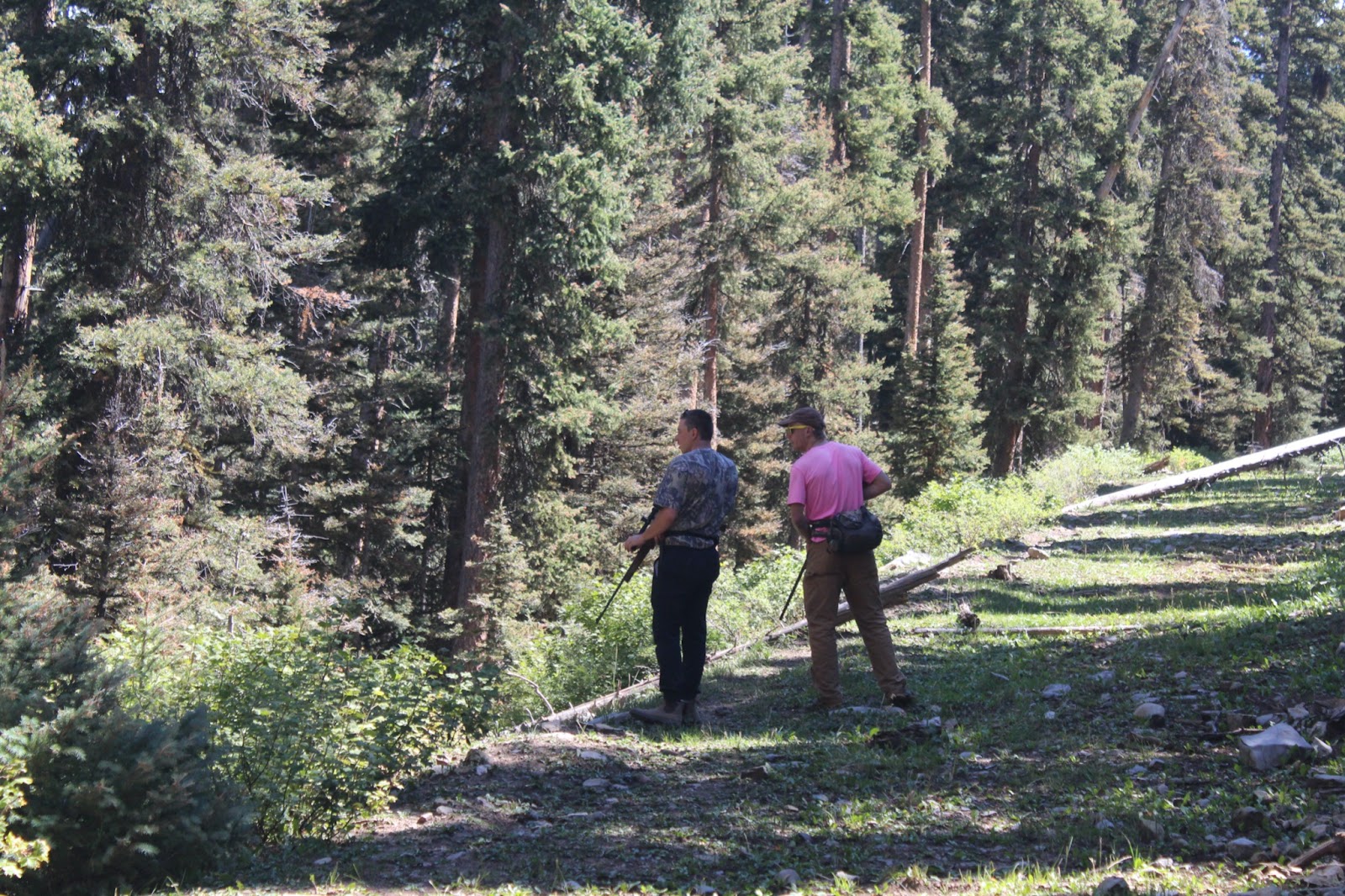
Eventually, our conversation turned to the topic of firearms in the United States, which in 2023 was the leading cause of death among children and teens in the United States according to the Kaiser Family Foundation’s gun violence poll.
“We absolutely 100% need common sense gun control practices in this country,” Piana said. “And I think Colorado is moving in a decent direction, but it hasn't gone far enough. You can be a responsible gun owner and go hunting, but there shouldn't be fully automatic firearms available at the moment's notice. And frankly, you shouldn't have any firearms available at a moment's notice. You should have to prove that you're a responsible person to be able to do an activity like this. We should be pushing our legislators for better gun control measures.”
Both Piana and Uszacki carried firearms, and agreed that there is a need for radical changes around how we as a country think about guns. But as Piana also pointed out, since gun control is such a hot-button political topic, hunting may be a way to bridge the divide between the Left and the Right.
“There have been a lot of moments in my life where I've reached across the aisle and been able to understand people who have different political beliefs than me,” Piana said. “Especially with people who’ve lived on their own and grew up hunting, where we might have different political ideologies. It’s something that we've always been able to connect over.”
“I do see a lot of people—often on the Right—who have a very toxic relationship with their landscape that often mixes with firearms, and you see a lot of irresponsible practices that come along with that, particularly with hunting to kill and trophy hunting,” Uszacki said. “I think some of the loudest voices are those who are the most disrespectful. And I think changing that culture is important, making it more inclusive. And it comes down to the federal level of, again, common sense gun control and making it decisively a safer and more respectful practice.”
Uszacki then pointed out how hunting is synonymous with death, and how in his experience, any person—no matter what side of the political aisle they’re on—has a similar reaction to taking the life of another living thing.
“Hunting has been a part of the human experience for the entire time humans have existed,” Uszacki said. “But I mean, it touches an emotional state. I think that understanding that your meat was the living thing that was killed is important. And I think hunting can be a good way to understand that. I always eat less meat when I'm hunting because I'm closer to the process of killing and see just how horrifying it is.”
Suddenly, Uszacki motioned for us to stop—he had spotted a dusky hen pecking around the trunk of a pine tree at the edge of a golden meadow. I held my breath. He slowly raised his shotgun, put the bird in his sights and squeezed the trigger.
BAM!
In a flurry of activity, I watched Uszacki run towards the grouse, which lay on the ground flapping around in agony from the lead birdshot lodged in its flesh. In a cloud of dirt, gunsmoke and grouse feathers, Uszacki quickly knelt down, firmly put his hand on the dusky to stop it from hurting itself more, and in one swift movement broke the bird’s neck, severing its head from its body and killing it.
Everything went quiet. My ears still rang from the shotgun blast and my heart beat uncomfortably fast. Together with my two companions, we looked down at the little dead bird. An air of sadness floated around us, and no one said anything. Instead, we gazed down somberly, taking a moment to honor the grouse’s life—the life we had just taken. Uszacki gently picked it up, tucked it in his fanny pack, and in the dying light of a golden fall evening we headed back through the forest, towards the car and home.

The Feast
Later that evening, in a cold and drizzling rain, I went to Uszacki’s house for dinner—melancholy, tired and ready to eat.
To go with the grouse and Walstrom’s vegetables, I’d channeled my inner Mrakuzic before leaving and gleaned some fresh peaches from a tree down the street from my house on Park Avenue. When I arrived, Uszacki was immersed in cleaning the grouse, so I started chopping vegetables and together we worked to bring what we’d gathered together for dinner.
The result was spectacular. Roasted Hatch green chile potatoes, a peach, kale and heirloom tomato salad, and grouse masala curry with puffball mushrooms we’d gathered while hunting, all paired with a bottle of pinot noir. And while the food was a symphony of flavor and warmth, my favorite part was the story it told; a story about incredible people, activism and reconnecting with the Earth—all with Durango as the common denominator.
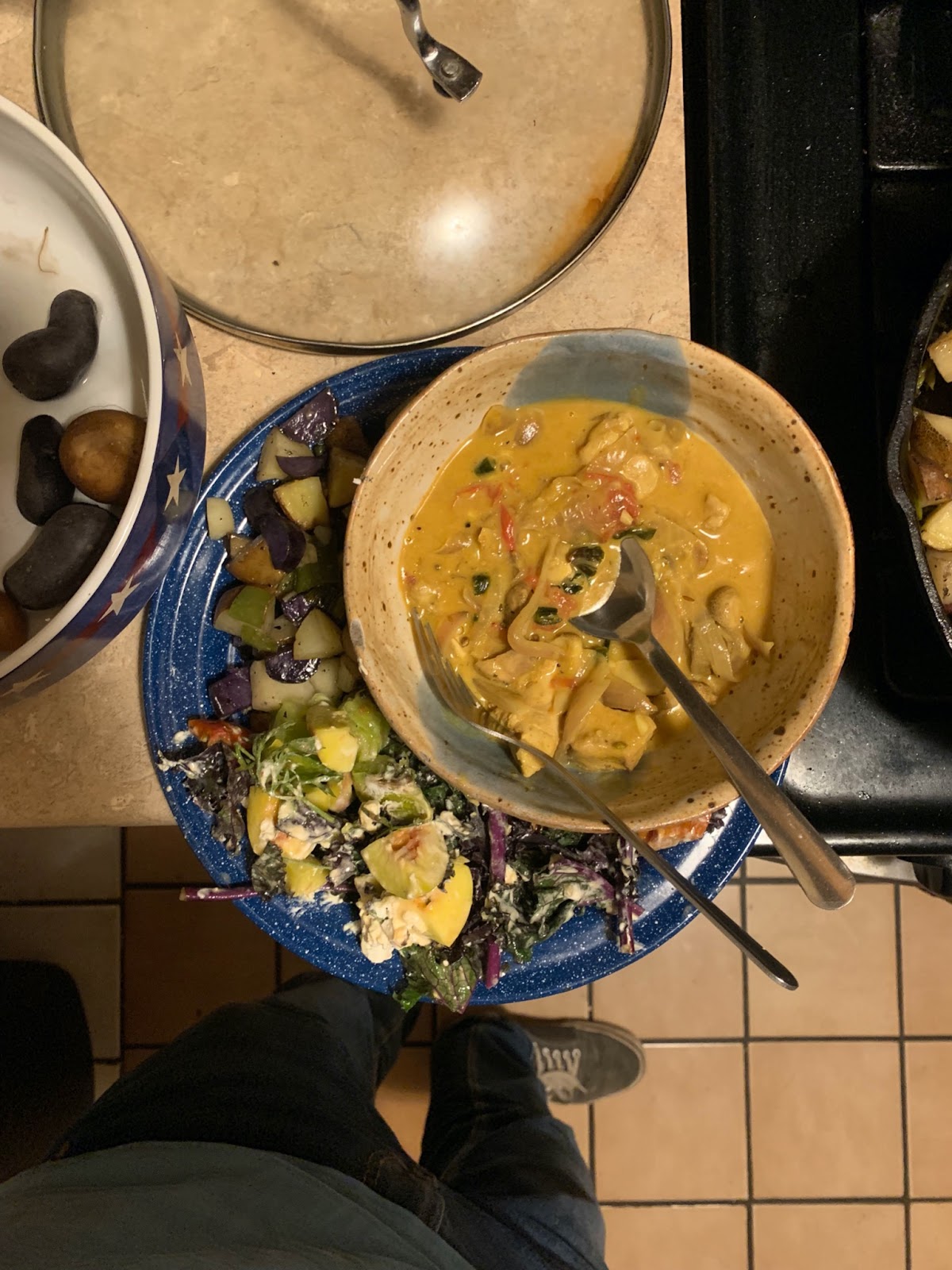
As we ate, Uszacki and I remarked that in our age of climate change and disconnection from the land, we are so privileged to be able to experience something like this, and that we ought to share this privilege.
“Community, community, community,” Uszacki said. “No matter what it is. Fort Lewis does a great job with the GrubHub, but creating systems everywhere where people have easier access to food and can feel involved in that process is key. Sharing food, all of it, learning to cook, getting inspired, getting stoked on it, interacting with your landscape, and eating local— ‘cause local is more important than organic.”